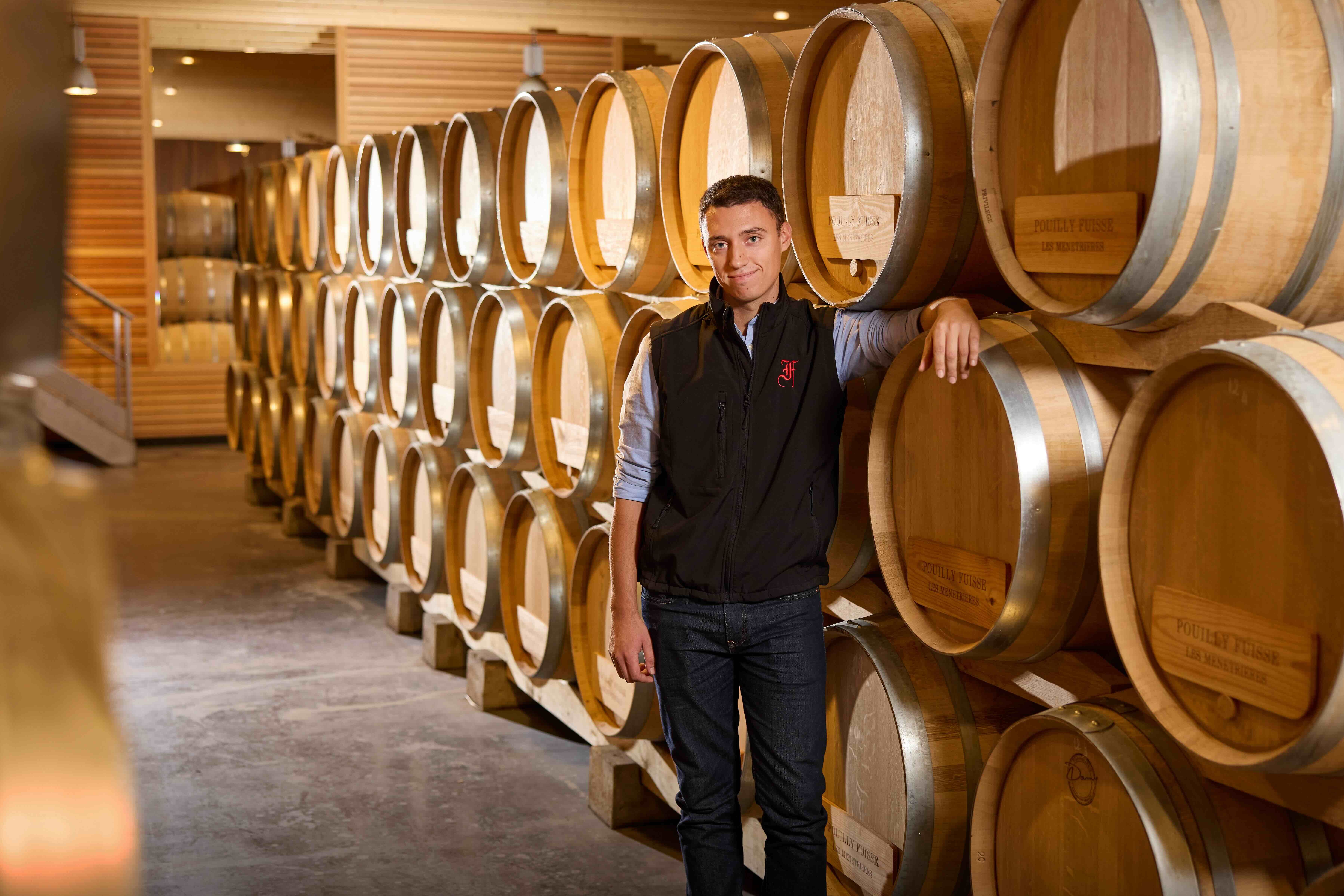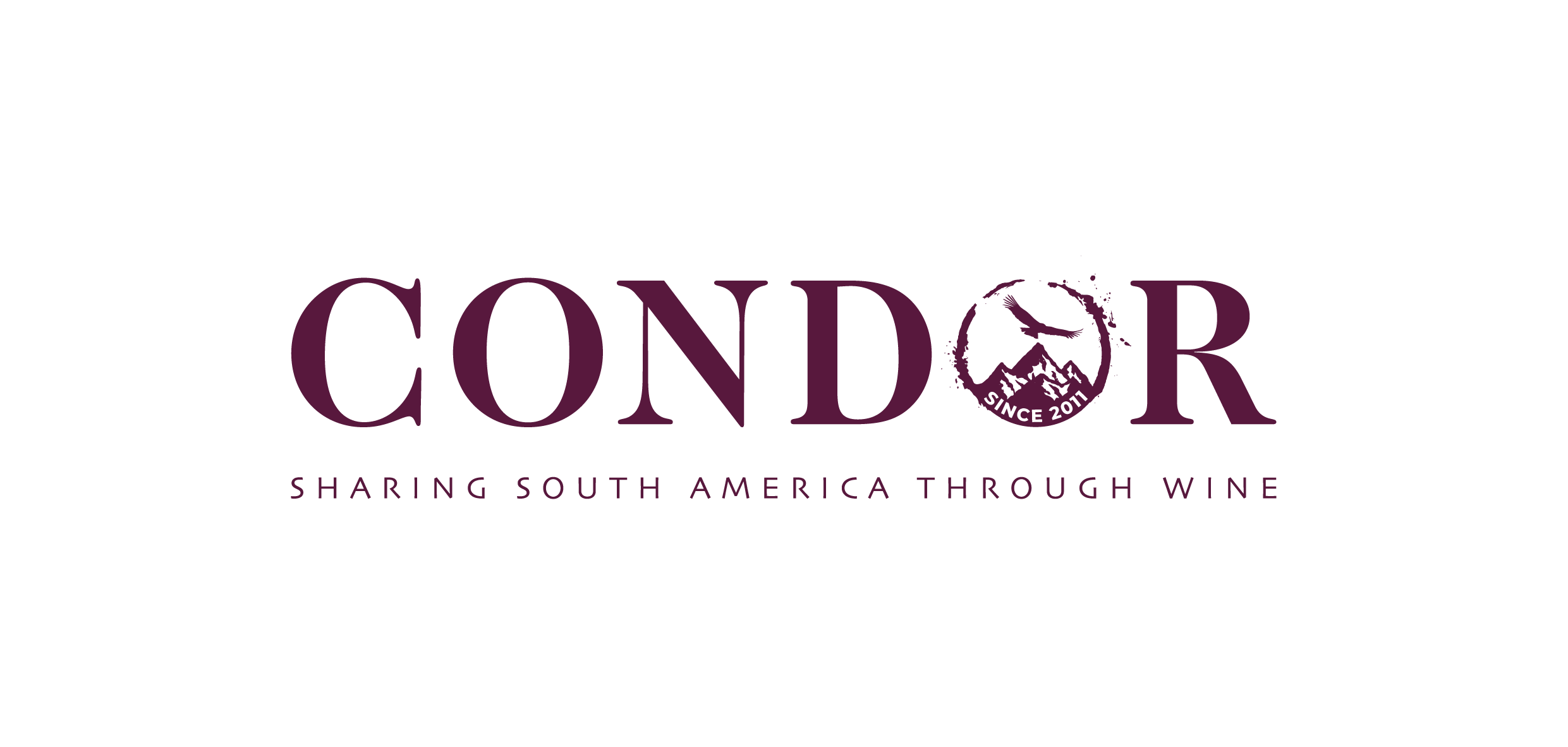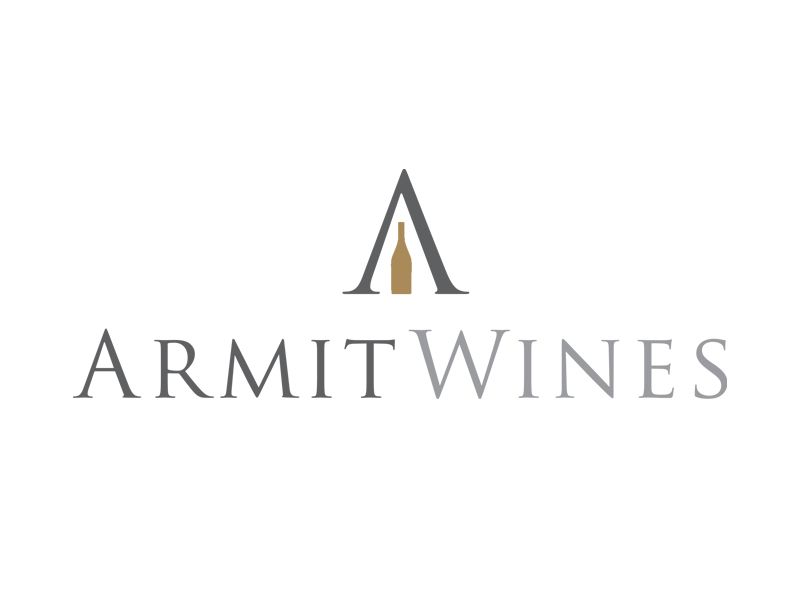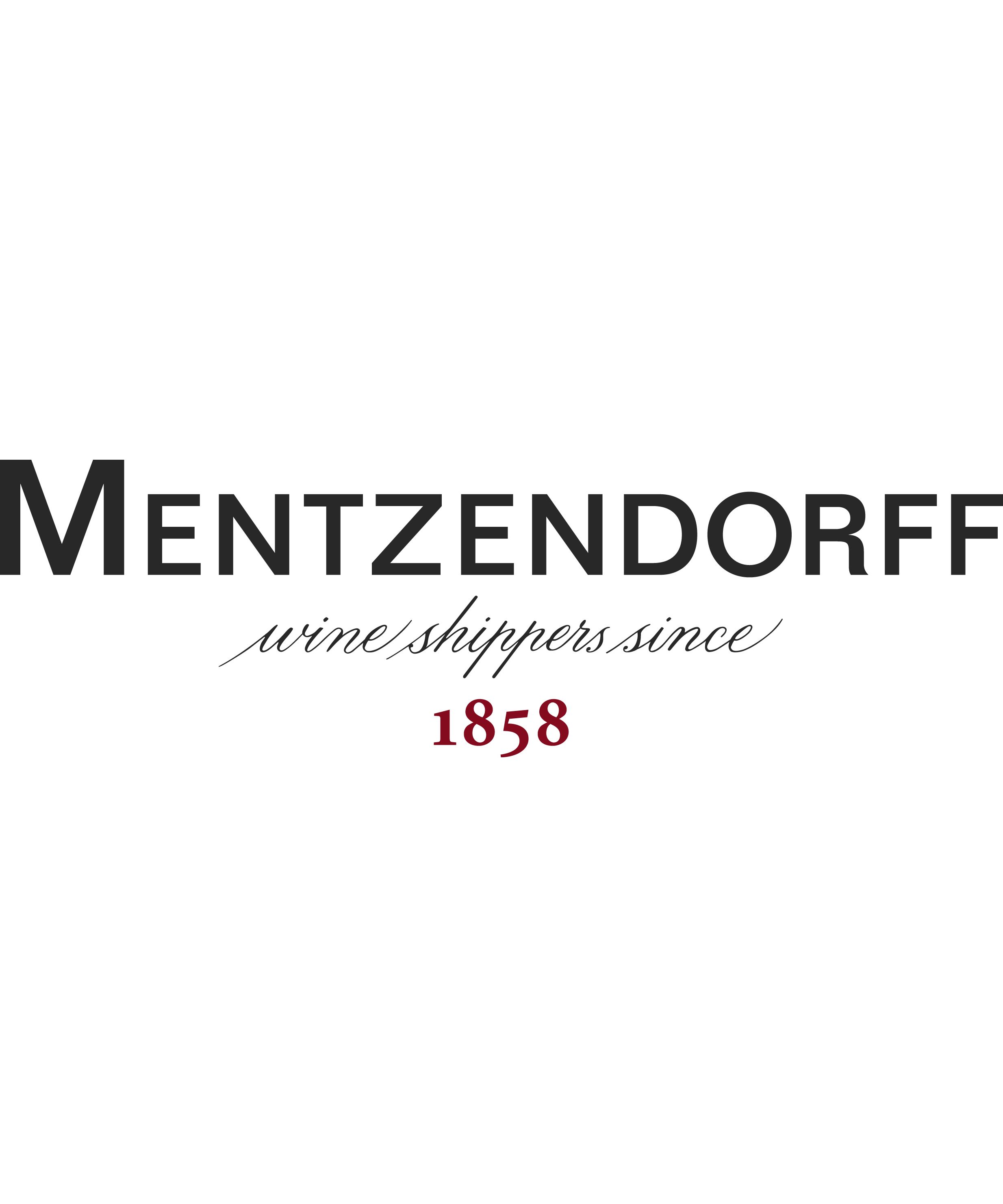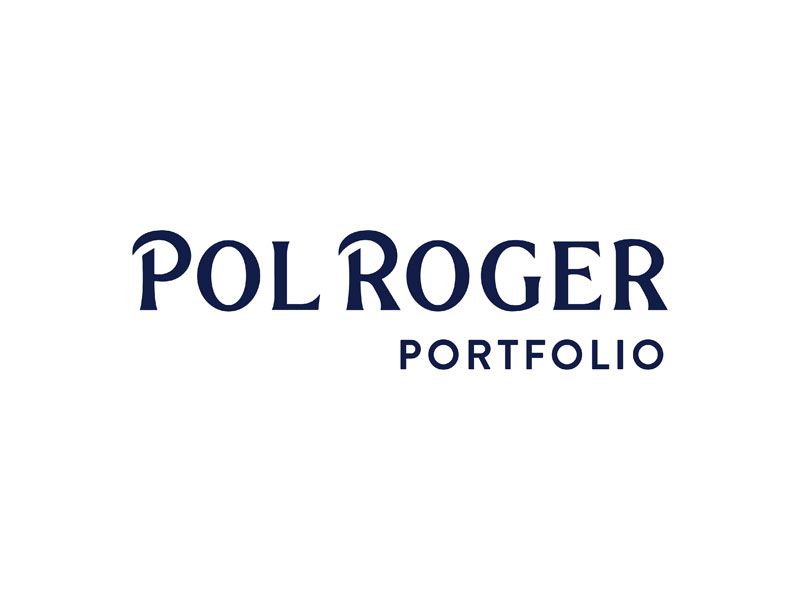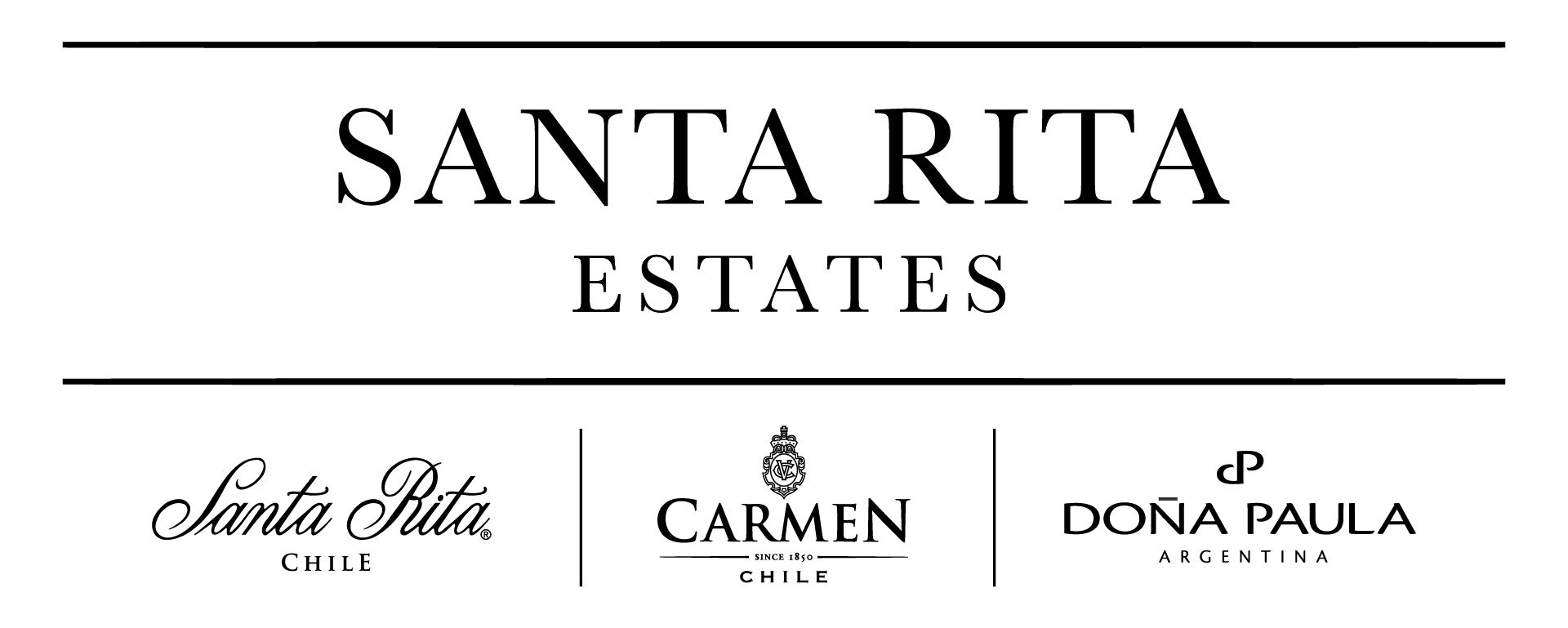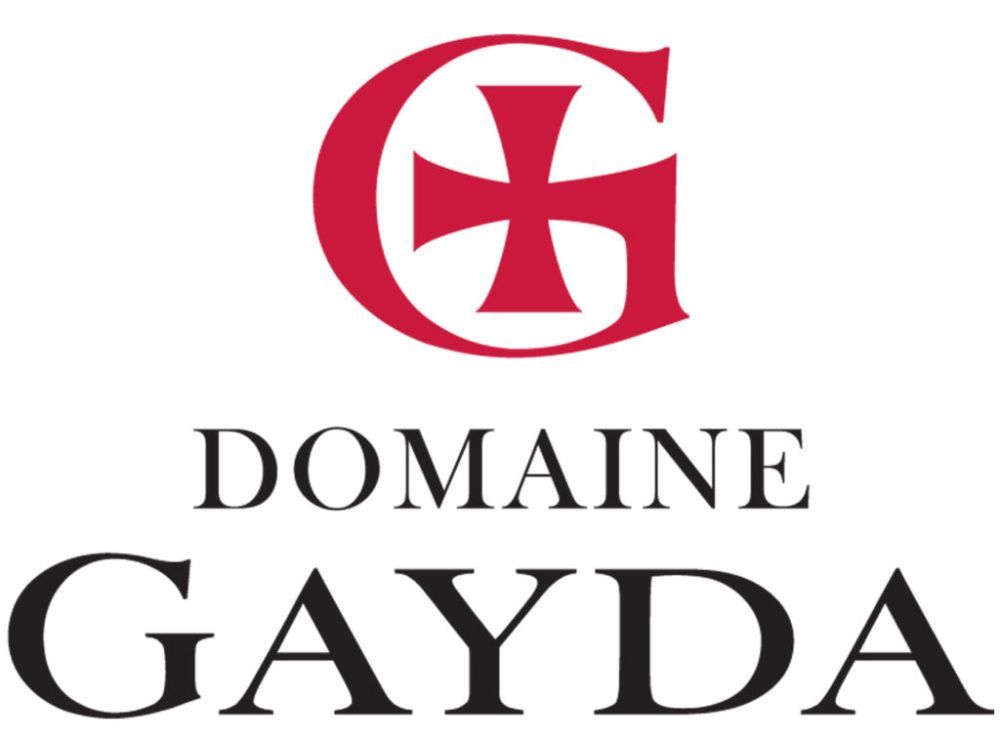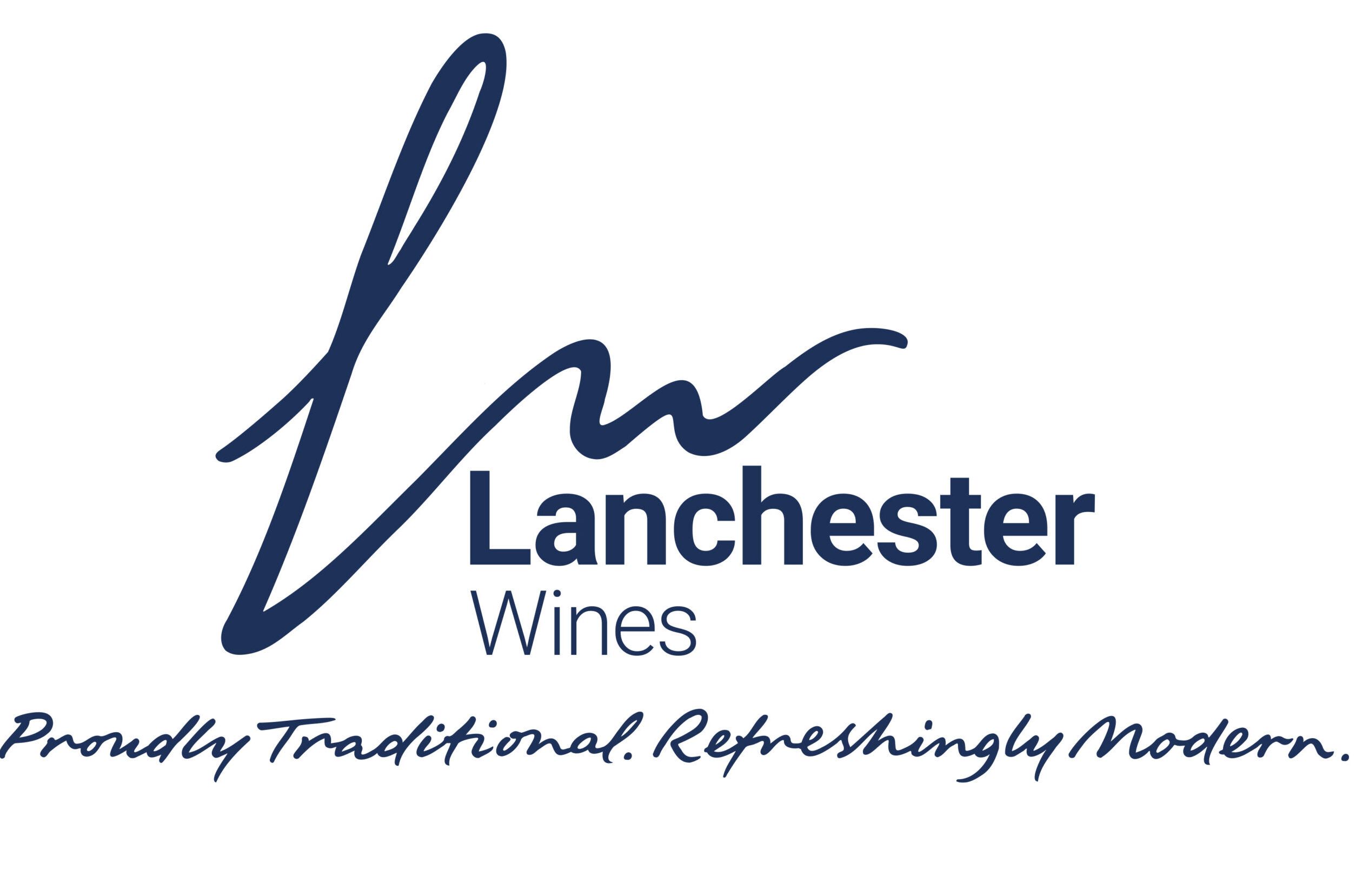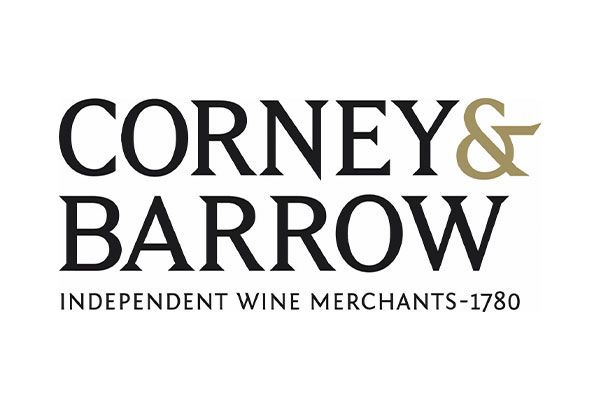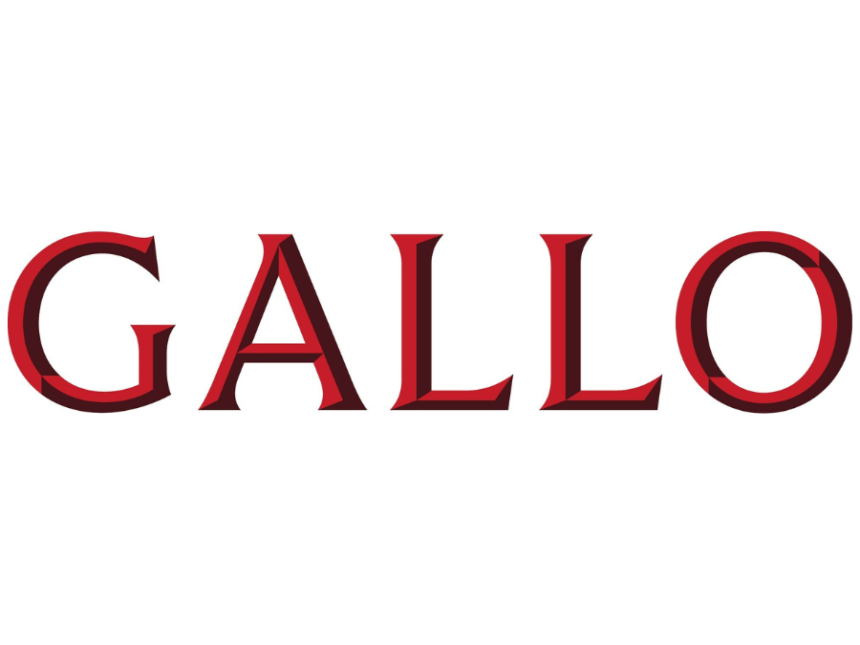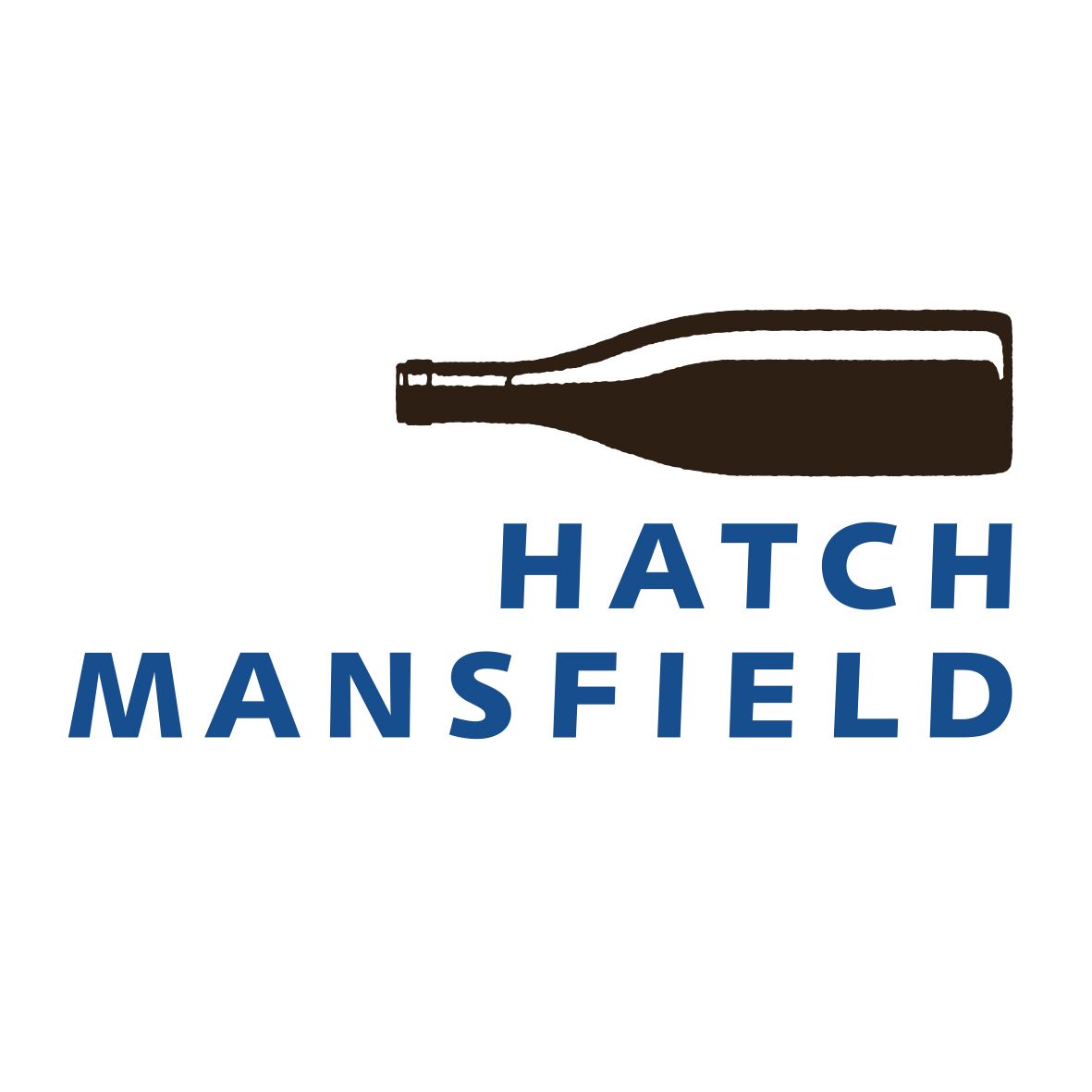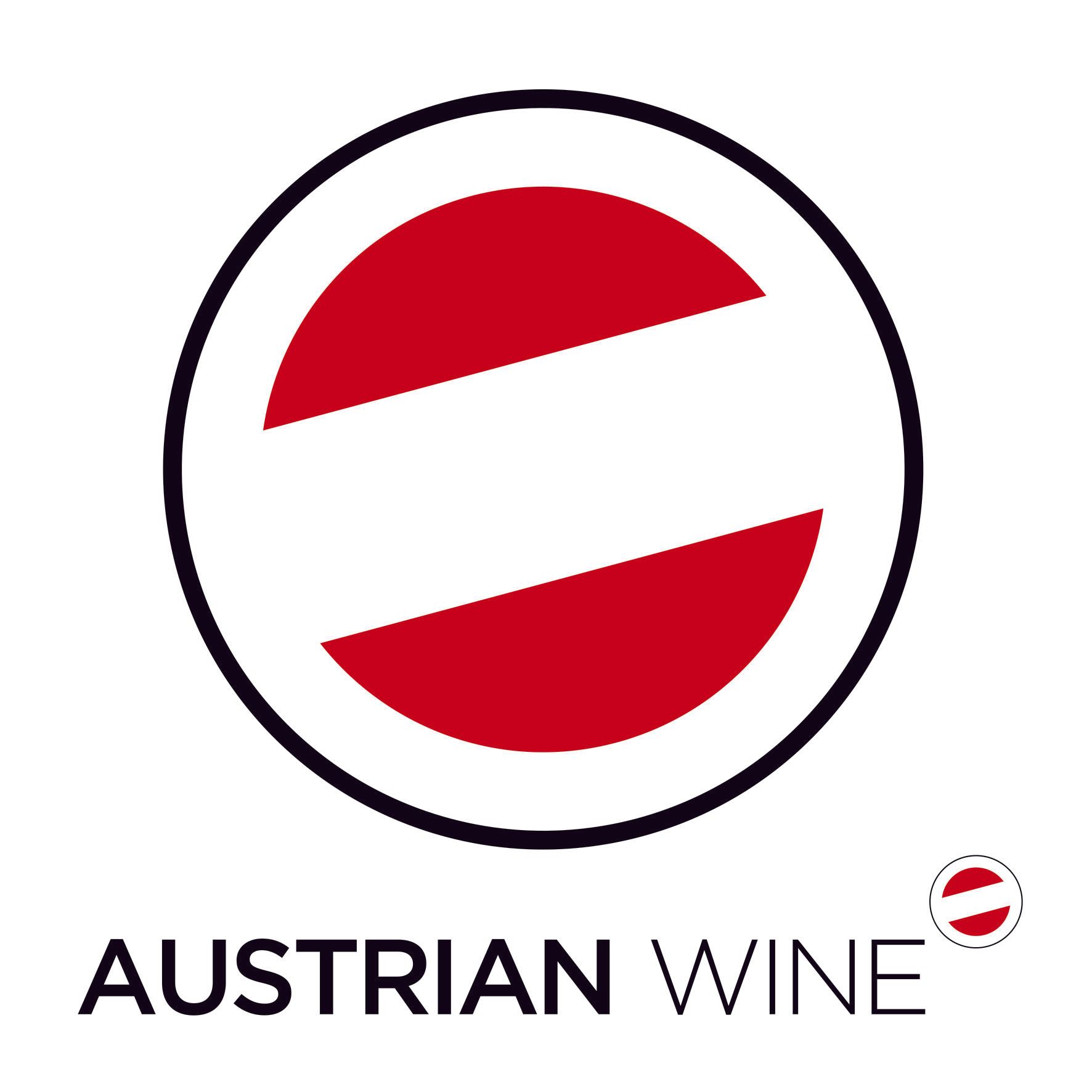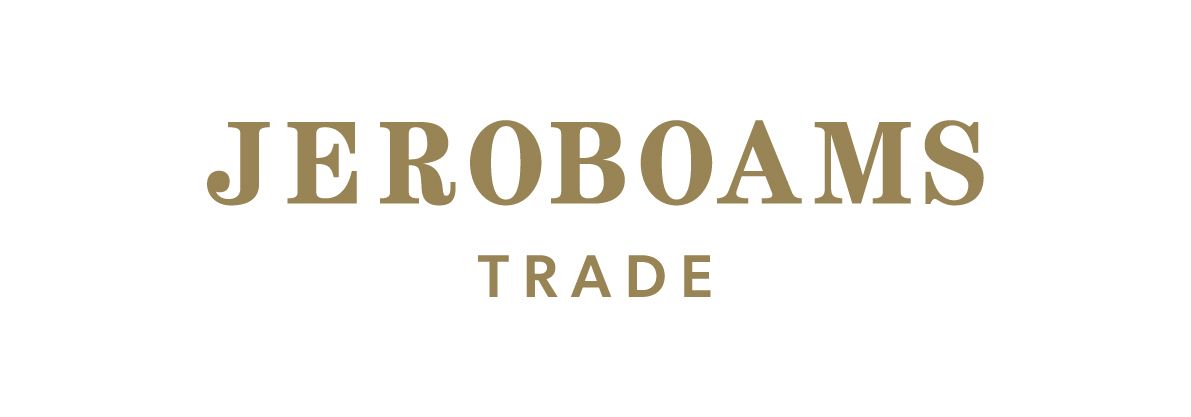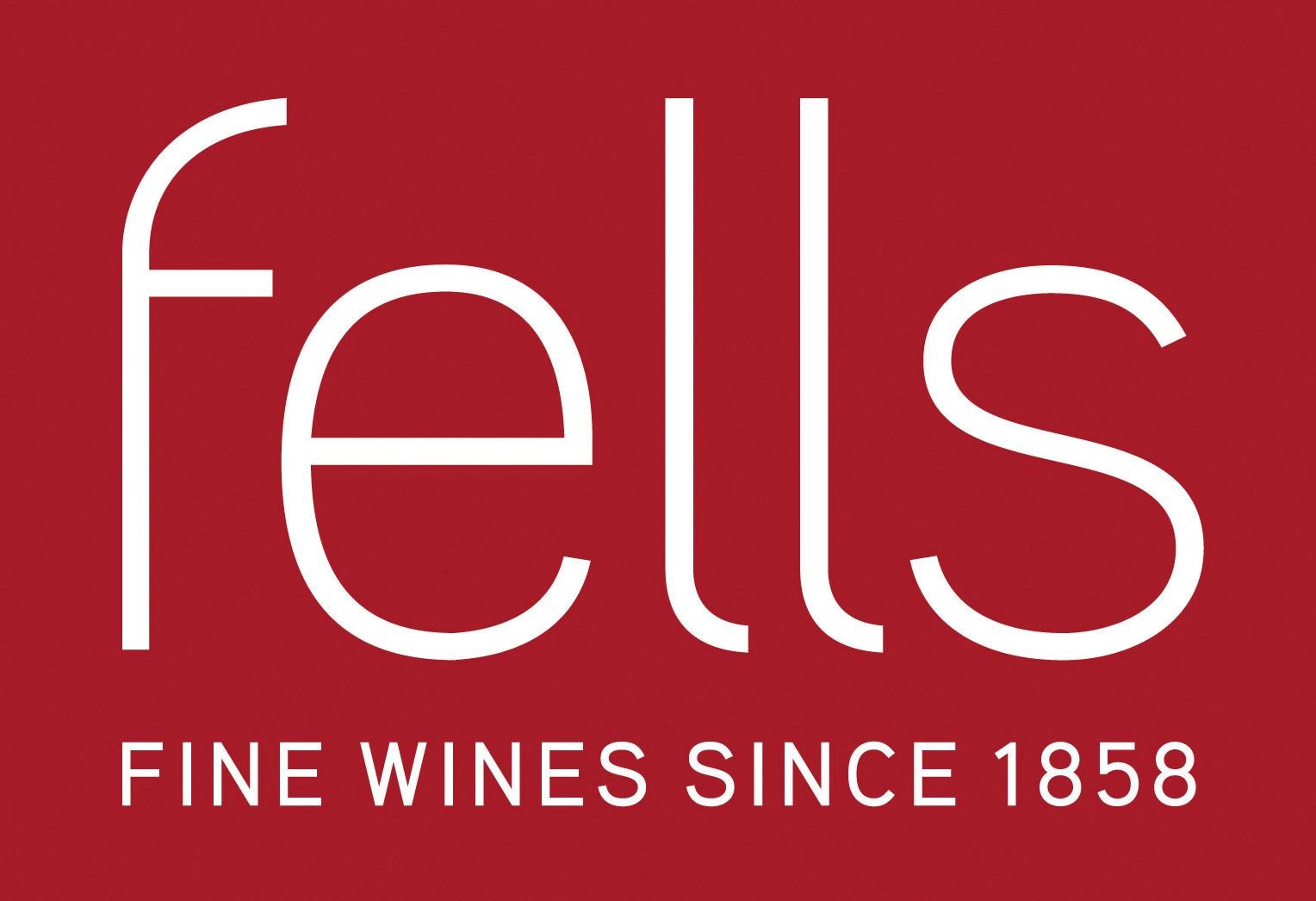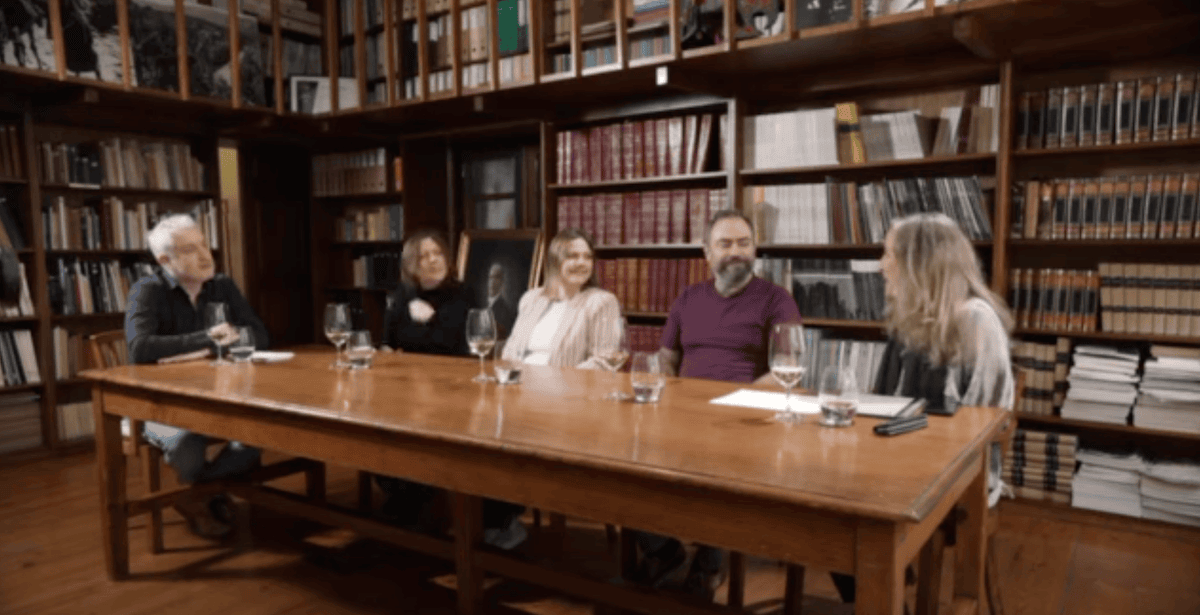Winemaking has traditionally been a largely male dominated industry. But Domaine Ferret is a notable exception, having only ever had female winemakers since it was established back in 1840 by the Ferret family, long before the official creation of the Pouilly-Fuissé AOC in 1940.
The Domaine was the first to make single-vineyard wines in Pouilly-Fuissé by the trail-blazing Jeanne Ferret, probably the most influential person in the history of the region. She certainly caused a stir when at the time (the 1920s), it was considered quite scandalous that a woman with no winemaking experience could be running a vineyard.
However, the doomsayers were soon proved wrong, and Jeanne Ferret went on to establish Domaine Ferret as one of Burgundy’s most prestigious wineries, thanks to her natural instinct for winemaking, her excellent palate and clear vision for the future of the estate.
Convinced that the quality of the wines from the best vineyards of Pouilly-Fuissé were as good, if not better than those from the likes of Meursault or Puligny-Montrachet, but not permitted to use the Premier Cru or Grand Cru name, she went on to create her own classifications, the Tête de Cru (the equivalent of Premier Cru), and Hors Classe (the equivalent of Grand Cru) in the 1970s, which the winery still uses to this day.
It wasn’t until 50 years later in 2020 that Pouilly-Fuissé finally received official Premier Cru classification.
Jeanne’s daughter Colette, the last of the family line, then took over the reins in 1993 before the estate was bought in 2008 by Maison Louis Jadot who entrustedthe running of the winery to the talented young oenologist, Audrey Braccini, continuing its unbroken tradition of women winemakers.
New opportunity
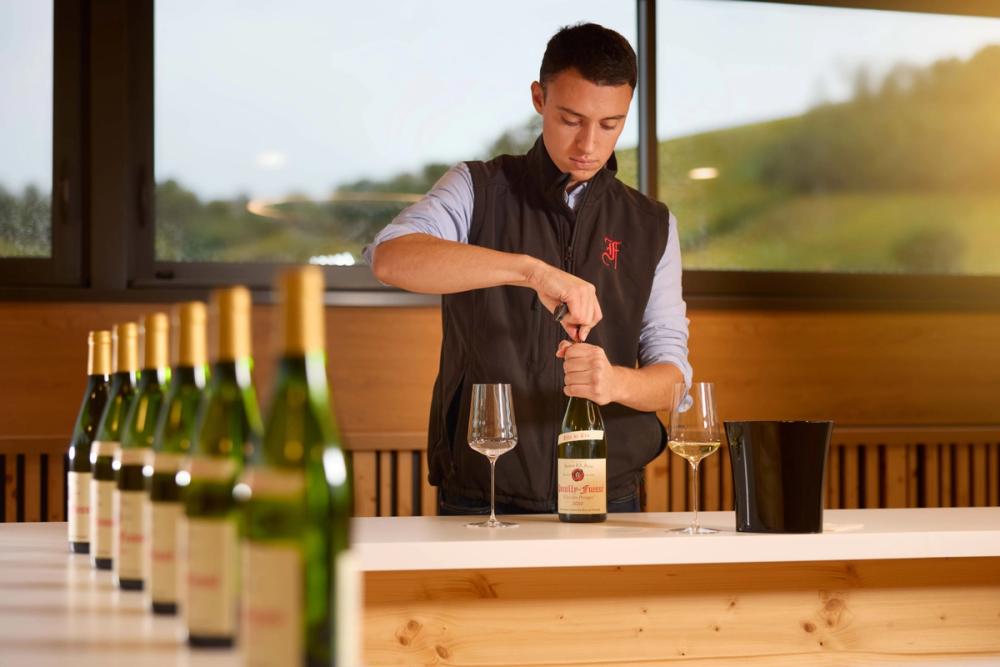
Clément Robinet was only 26 when he was made Domaine Ferret's first male head winemaker two years ago
So when 28 year-old Clément Robinet was appointed head winemaker two years ago, taking over the reins from the formidable Braccini in June 2023, he became the first man to assume the role. It would have been entirely understandable if he had been more than a little daunted by the impressive legacy left by his female predecessors, but on the contrary, he has risen to the challenge with aplomb.
“Audrey was still there when I arrived, so we had a bit of a crossover, with about four weeks working together. It was good to not have too long a transition period, because otherwise it’s too easy to be influenced by the other person,” he says.
“However it was long enough for me to acquire the basic information about the Domaine that I needed, though I was already familiar with the vineyard as I am from the area.“
Despite coming from a family with little interest in wine, he developed his own passion while studying for an agriculture and viticulture degree in Bordeaux.
Robinet says he learned much from his time in Bordeaux, not least that Bordeaux winemakers tend to be more experimental than their Burgundian peers.
“Burgundy is undoubtedly more traditional whereas in Bordeaux they will try anything, which is great. And when they try something they do it very precisely, and while Bordeaux is a very traditional region as well, there are also a lot ofyoung and upcoming winemakers there.”
Global experience
After the completion of his studies, Robinet undertook various winemaking stints overseas, working for wineries in Napa, Oregon and New Zealand. The experiences have proved invaluable, he says.
“At first I wasn’t sure how useful it would be to me, but while I was working with Dominus Estate in Napa, they were very concernedwith drought issues and used dry farming. At that time, drought wasn’t a problem in Burgundy, but over the past three or four years it has become an issue, so it turns out to have been very relevant and useful experience.”
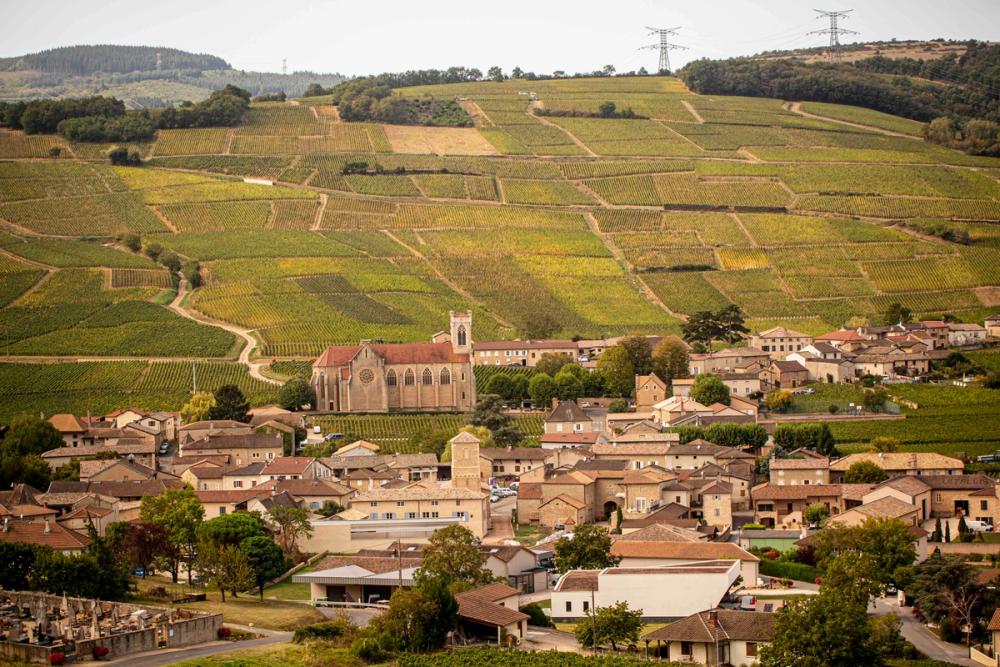
Domaine Ferret is one of the most respected producers in Burdundy's Mâconnais region
Prior to joining Domaine Ferret, Robinet was already working in the Mâconnais for Dominique Lafon, in the biodynamic estate of Héritiers du Comte Lafon where he spent three years honing his skills in vineyard management.
“I was really focused on the vineyards, which I always think is the most challenging aspect of the process, especially with all the issues we have with climate change,” he explains.
“I think the best way to improve the quality of the wines is by improving the work in the vineyards. However, I became increasingly frustrated that while I was growing the grapes, I wasn’t making the important decisions in the cellar. So when I got this opportunity to take over from Audrey at Domaine Ferret to manage both the vineyards and the winery I jumped at the chance.”
Mixed terroir
Founded 185 years ago, Domaine Ferret produces wine from 18.5 hectares of vineyards in the Mâconnais based in Pouilly-Fuissé. It is spread overfive appellations - Pouilly-Fuissé Premier Cru; Pouilly-Fuissé; Saint-Véran; Mâcon-Fuissé; and Mâcon-Solutré. The vineyards incorporate 60 parcels, with a variety of terroirs ranging from clay and limestone to marls, sandstone, granite, schists, volcanic and sedimentary.
In the 1930s Domaine Ferret started vinifying individual parcels and by 1942 the winery had begun to bottle its own wines at the Domaine, and it now has 22 parcels that are classified as Premiers Crus.It achieved organic certification in 2023, and the vast majority (95%) of its production comes from the appellation.
Robinet says that the biggest challenge he now faces is the one of climate change.
“We are the first in the region to be affected by climate change as we are in the south of the region, so we are already warmer than northern Burgundy, much warmer,” he says.
While April frosts are nothing new, Robinet says the problem occurs when warmer winters mean bud break happens earlier in the season, making them more vulnerable to the cold, and more susceptible to damage.
“Because the shoots are then not protected from the frost, this is a big problem for me. The only thing we can really do is prune as late as possible to try and delay bud break for even a few days. We can’t delay this for forever, obviously, but sometimes even five days can make a big difference.”
New vines and varietals
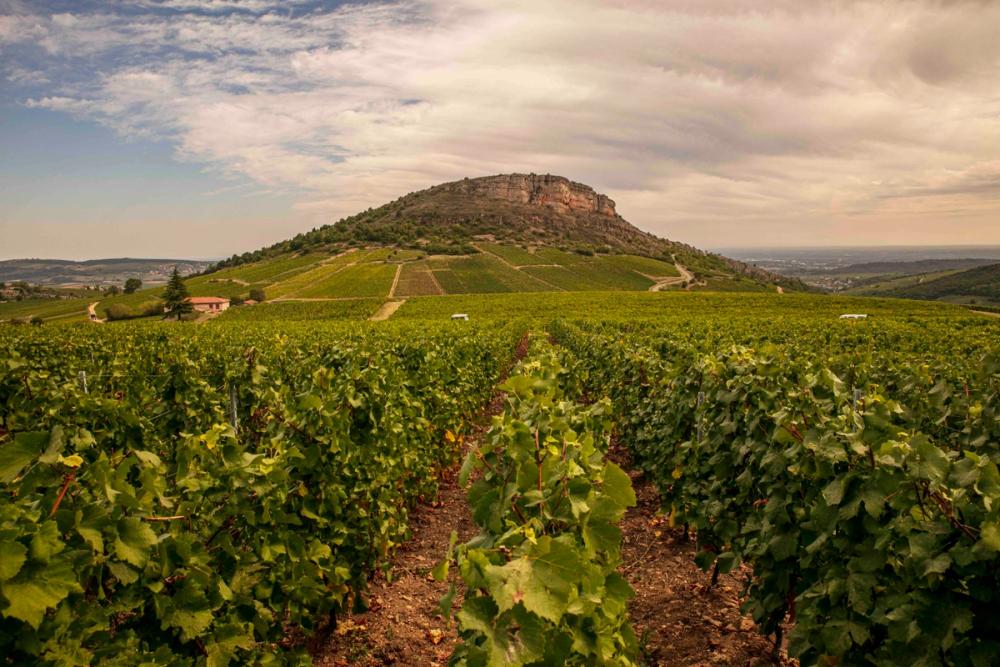
Domaine Ferret is taking a number of steps to cope with climate change including careful selection of vines to pick grapes that are most resistant to the changes in the weather
Another possible solution to help mitigate the effects of climate change, he says, is to select those vines genetically best suited to the new climatic normal when replanting new vineyards.
“We do mass selection which means that we pick those vines in our oldest vineyards that we find the most resilient, and then we will multiply those vines for a new plantation, meaning they adapt better and are better suited to the climate.”
Snap frosts aren’t the only climatic headache which Robinet has to deal with. Wetter weather means that mildew is more of a problem facing Burgundian vineyards than ever.
“It’s almost a tropical climate now,” he says. “It’s very hot and very humid so bad news for mildew and other diseases.”
Hail too is yet another issue which Robinet has to contend with.
“It can be very heavy and damage the vines, and this has happened a lot in the past five years. You can lose up to 90% of a specific vineyard within only five minutes, 2021 being a prime example, with the smallest crop in living memory.”
Vintage variation
Despite these difficulties, Robinet’s first vintage at Domaine Ferret in 2023 was blissfully plain sailing.
“The ‘23 vintage was a very good crop, though the yield here is never huge because we have mostly old vines,” he says, with the average vine being around 40 years old. “Our yield is always much lower than the average of the appellation.”
While the permitted yield in Pouilly-Fuissé is 60 hectolitres per hectare, at Domaine Ferret, the 20-year average is closer to 45 hectolitres. Even in the bumper 2023 vintage, yields only reached 50 hectolitres per hectare.
“Because of the age of the vines, we simply can’t do more than that,” says Robinet.
By contrast, the 2024 vintage was hit by bad weather during the flowering period which resulted in the Domaine losing around 25% of its crop, which ultimately weighed in at only around 24 hectolitres per hectare.
“The berries were very very small, making them difficult to press and only a small amount of juice resulted, which was the biggest issue.”
As for the 2025 vintage, Robinet says is it is too early to make any firm forecasts.
“It’s early days, though the great thing is that the winter was relatively normal- which you could argue is actually quite abnormal nowadays! So things are currently looking good in the vineyard, though I don’t want a huge yield because it inevitably means dilution. It's all too easy when you’re in the south of Burgundy to make overly ripe, big, high alcohol heavy wines, but that is not what we want to do, nor what the market demands. For me, a heavy white is the worst default for a wine.”
In very hot vintages, such as 2022 for example, Robinet says that a larger yield can be helpful to avoid over concentration of the wines. “We have to find the right balance, he adds.

Managing freshness in the wines is key for Clément Robinet
One of the most problematic elements of climate change, says Robinet is the influence on the ripeness of the fruit and subsequently on the quality of the wine.
“Our challenge is really in finding how we can keep the quality of the wines consistent over the next few years,” he says. “And not only to maintain quality, but if anything to improve it.
“Climate is changing very fast in this area of Burgundy, so the first consequence is high alcohol and low acidity which is not what we are aiming for. The style of Domaine Ferret has always been very pure, salty, fresh wine, so it’s a lot of work.”
Search for freshness
He stressed the importance of picking the grapes when the juice is not too warm which can result in overly bitter and tannic wines.
“The grapes that are picked in the morning are pressed directly after picking. But in the afternoon, and especially when we pick in August, we keep the grapes in big refrigerated containers before pressing, and wait for the temperature to drop a little bit. If the juice is too warm, we end up extracting some bitterness, the tannins that are in the seeds. This helps us to keep the freshness and the purity of our fruit.”
This helps create wines that are very much in line with the current prevailing market trends.
“People are moving away from heavy oaky wines, and want something fresher and lighter, which has long been the style of the Domaine. It’s just fortuitous that that style is what people are now seeking out. My focus is keeping the freshness and the acidity, but also wines that will age well for many years.”
Robinet finds it frustrating that the wines are all too often consumed when they are very young.
“This is something that saddens me – I tell people to wait a few years before they open these wines because they are really made to be aged. It’s not a mistake to open the wines young, but I recommend waiting for five years for the single vineyard to appreciate the wines at their best.
“If the wines are consumed before then, people have to be aware they will miss some of the complexity, which improves with age.”
Despite this, Robinet says that the vast bulk of Domaine Ferret’s wines – up to 95% - are consumed within a year of bottling.
Nearly three quarters of Domaine Ferret’s volume is comprised of the entry level classic Pouilly-Fuissé Village, which is made of a blend from all of the vineyards that are not single varietals.
The Domaine has around 60 vineyards in total, mainly very small plots dotted across the village with Pouilly-Fuissé possessing the most complex geology of all the Burgundyappellations. This is according to detailed analysis conductedby geologists when 22 climats within the appellation were classified as Premier Cru in 2020.
Specialist help
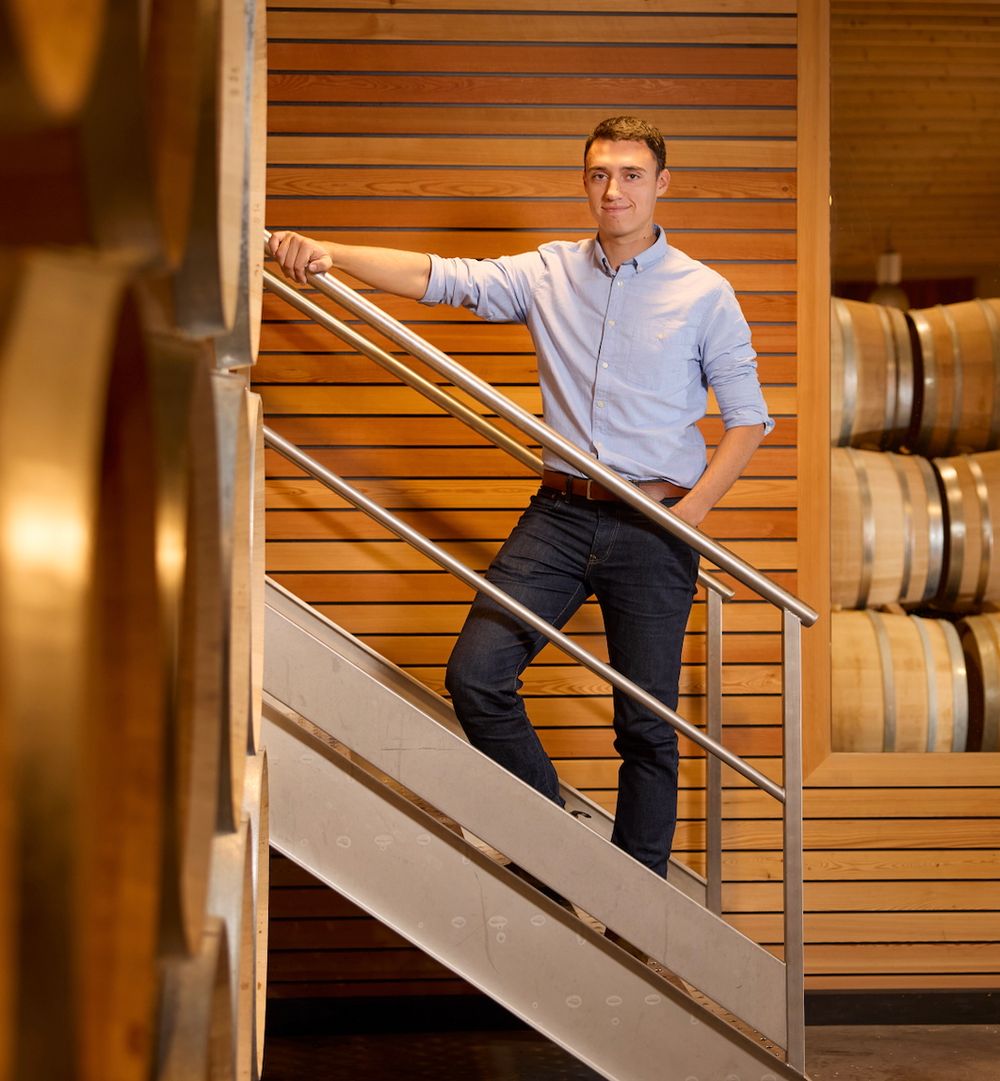
Clément Robinet has had to learn fast in his new role and take on issues beyond winemking such as managing a shortage of harvest pickers
Another pressing concern for Robinet is finding labour for the vineyards every vintage. “It’s really, really difficult to get workers,” he says, “and something every single winery in France is facing. A few years ago it was relatively easy to recruit a few people from the local village, but now I have to start finding the pickers months in advance in time for the harvest in September.”
Domaine Ferret is now heavily reliant on a team of pickers who come over from Poland, many of whom have been coming for over 30 years.
“So we now have the children and grandchildren of the original Polish pickers coming over to work in the vineyards, but it is becoming increasingly difficult to find enough people to fulfil the team.”
The winery is able to provide accommodation for 20 staff, but has to rent places for the remainder of the team.
“It’s a lot of work for me, and the logistics are a bit of a nightmare – I don’t know when the harvest will start, and it’s a decision which I take a few hours beforehand. But of course I have to have the team in place and ready to go before I make that decision. It’s all very stressful as you want all the team to be on hand on the very first day. But if you compare the quality of the handpicked fruit to doing it via machine, it’s just a different world. The quality of the grapes and the wines make it worth it.”
Driving exports
While Domaine Ferret’s main market is France, which accounts for half of the annual production, exports are still an important element of the business. The US is the largest overseas market, taking 10% of total production, closely followed by the UK with around 9% - where it is helped and supported by its UK distributor Hatch Mansfield.
Japan is also a large and growing market, while the rest of Europe especially Scandinavia, Belgium, Holland, Italy and Spain all doing well. The fastest growing markets are Italy and Spain which Robinet says is surprising.
“We were not expecting that,” he says, admitting he is unsure as to thereason behind the recent growth in both countries.
The UK, he says, stands out from other countries for the curiosity and adventurousness of its consumers.
“The UK really loves cool climate white wines, and particularly like white Burgundy, but I love the fact that if I go to a restaurant or wine shop I can see so many wine regions represented, whereas in France you will only get French wines, and in Burgundy, only local wines. In the UK, people are very well educated about wine and are much more experimental.”
It’s down to Robinet and his team to continue to explore and understand the soils, vines and vineyards at Domaine Ferret so that it can continue to make the fresh, vibrant and quality wines that it has become synonymous with.
- You can find out more about Domaine Ferret at its website here.
- You can find out more about Hatch Mansfield at its website here. Hatch Mansfield is a commercial partner of The Buyer.
